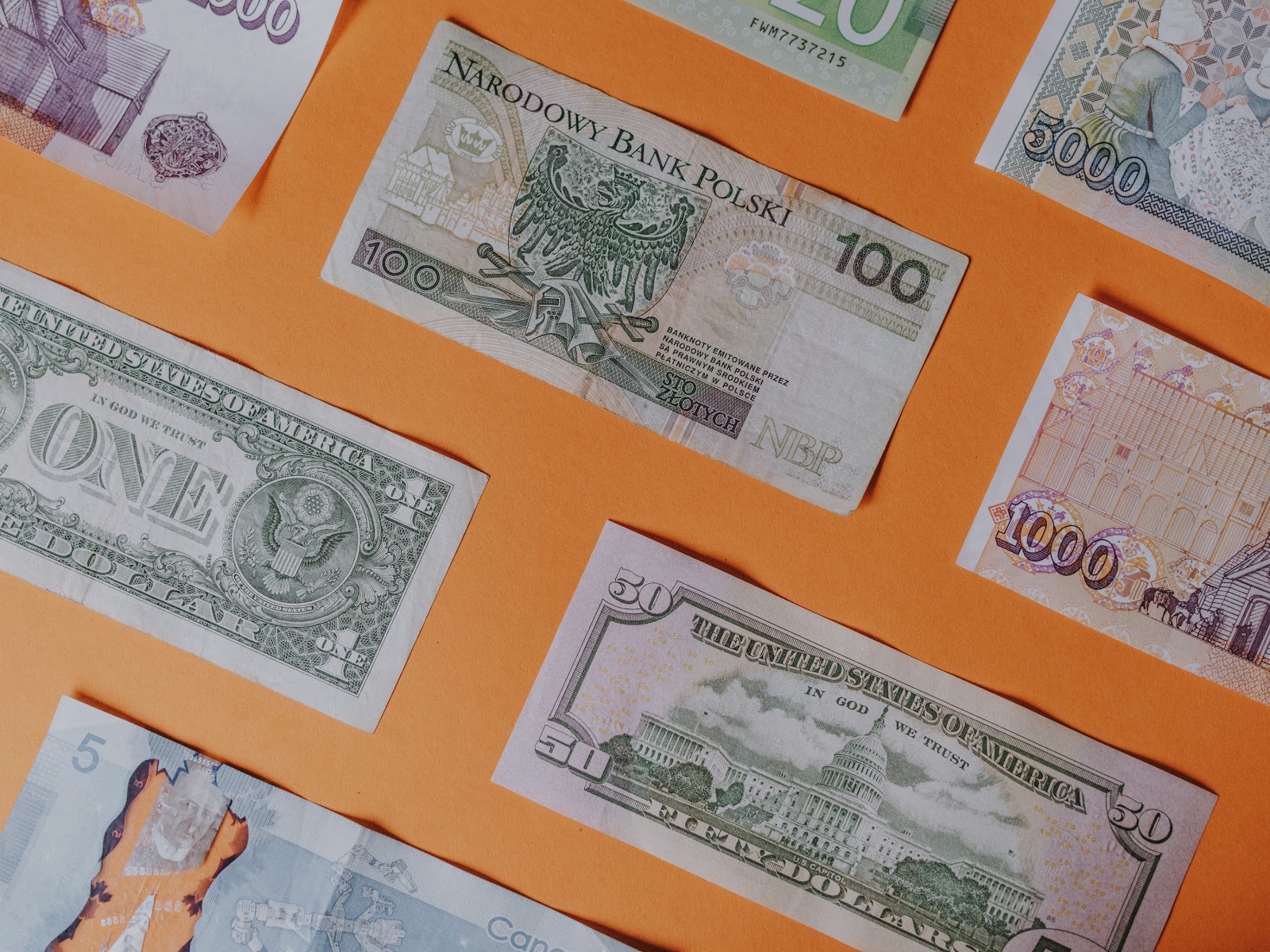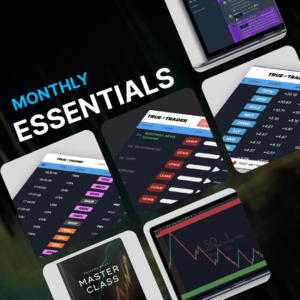Many traders use moving averages, pivot points, and other indicators to make multiple trades in a single day. Skilled traders use a strategy that focuses on high probability trading during the first hour of the day. However, if you have less than $25,000 to invest, your flexibility to day trade is limited.
This article explains the pattern day trader rule, and how margin trading impacts your results. You’ll learn how to day trade without $25K by using other trading strategies.
Want to learn how to day trade with less than $25K? Let’s start by reviewing the FINRA rules for day trading.
Understanding the Pattern Day Trader Rule (PDT)
If you have less than $25,000 in your US-based brokerage account, then the PDT rule will apply to you. This means that you can’t make more than four day trades during the same trade week if you have less than $25,000 in your brokerage account.
Financial Industry Regulatory Authority (FINRA) defines a day trade as ”opening and closing a stock position within the same day”. The trade could be a buy order followed by a sell order – or vice versa.
A pattern day trader is defined as a margin (not cash) customer that day trades four or more times in five business days, provided the number of day trades are more than six percent of the customer’s total trading activity for that same five-day period.
If you meet the pattern day trader definition, you must meet the minimum equity requirements of $25,000.
From FINRA: “Under the rules, a pattern day trader must maintain a minimum equity of $25,000 on any day that the customer day trades. The required minimum equity must be in the account prior to any day-trading activities. If the account falls below the $25,000 requirement, the pattern day trader will not be permitted to day trade until the account is restored to the $25,000 minimum equity level.”
The PDT Rule is in place to reduce the brokerage firm’s risk.
How Margin Calls Impact Trading
If you have a margin account and your account balance falls below $25,000 then you might be issued a margin call. A margin call is a broker’s demand that additional money be added to the account to meet the broker’s minimum required value. Margin trading is the ability to increase the dollar amount of a trade by borrowing money – typically at a rate of 4:1. When borrowing money from a broker some form of collateral is required. Unlike day traders, traditional stock investors use securities (e.g. actual stock) in a brokerage account to serve as collateral for a loan. If the investor receives a margin call, the firm can sell securities to fund the equity requirement for a particular margin trade.
Day traders can place trades on margin, and brokerage firms must be able to demand more equity to meet a margin call. However, day traders close out all stock positions each day, which means that no securities are in the account.
To cover the risk of a margin call, day traders must meet the $25,000 minimum equity requirement. Investors can fund the account with a combination of cash and eligible securities. However, the equity must be on deposit at the brokerage firm, and the balance cannot be less than $25,000.
If you want to know how to day trade without $25K, you can use other strategies for your stock trades.
Using Other Trading Strategies
Day trading without $25K is possible if you can limit the number of trades you place, invest through a day trading firm, or consider investing using a foreign stock market.
Meeting FINRA’s Trade Limitations
You can trade with less than $25,000 by limiting your day trades. You can place up to three trades within five business days and avoid the pattern day trader restrictions. However, this approach limits the number of times that you can take advantage of trading information. If you place fewer trades, you may not be able to fully implement your trading strategy.
Trading on a foreign exchange is more complex.
Risks of Foreign Exchange Trading
If you day trade on a foreign exchange, you face a number of challenges:
- Foreign currency risk: When you place trades in a foreign currency, the funds you invest may lose value when you convert back into U.S. dollars.
- Taxation: The taxation of trading gains and losses, along the impact of foreign currency gains and losses, is complicated. Consult with a tax professional if you use this strategy.
- Trading hours: Given time zone differences, you may have to change your work schedule to trade on a foreign exchange.
If you have less than $25K to invest, this is the least attractive day trading strategy.
Investing Through a Firm
Another option is to open an account at a day trader firm. For example, InteractiveBrokers offers low commissions and low margin interest costs for day traders. Note, however, that margin loan rates are subject to change without prior notice.
You can deposit a smaller amount at a day trading firm, and the funds you deposit serve as collateral for margin trading.
Swing trading is another strategy for day traders.
Use a Swing Trading Strategy
Swing trading is a strategy that requires you to hold a stock position for a longer period of time (Days or Weeks). Your buy and sell trades are spread out, and you avoid the pattern day trader restrictions.
You can open accounts with multiple day trader firms, but your results may be less attractive.
Opening Multiple Firm Accounts
You can use the “three trades within five business days” strategy and open accounts with two or more firms. However, the dollar amount of each trade is lower, and your ability to trade may be limited.
If you have a limited amount of funds, consider trading on different markets. The securities that you trade may not be stocks, but you can apply trading strategies.
Looking at Other Markets
You can trade currencies, futures, and options, rather than trading stocks. Each of these strategies allows you to perform day trading with $25K or less.
Trading Currencies
Forex.com explains currency trading: “Trading forex involves the buying of one currency and simultaneous selling of another. In forex, traders attempt to profit by buying and selling currencies by actively speculating on the direction currencies are likely to take in the future.”
Trading takes place 24 hours a day, 5 days a week. Banks, other financial institutions, and individual traders trade currencies over the counter when the market is open. You can open an account with a trading firm, and deposit funds to trade in a margin account.
Investing in Futures
A futures contract allows you to trade a financial market on a specific date in the future. As IG.com explains, the contract includes:
- The market traded
- The trade date
- The price at which the market is traded
- How much of the market is traded
When the specified date arrives, the two parties settle the contract. As an investor, you can always settle in cash based on the difference between the current market price and the contract price.
Futures are a financial derivative, meaning that the future’s price is derived from the price of the underlying market. You can trade futures to speculate on a stock index, a commodity, or on interest rates. As an example, many investors speculate using S&P 500 stock index futures.
Using Stock Options
Stock options are also derivatives, and each option is based on the market price of an underlying stock. Investors pay premiums to purchase a call (right to buy stocks), or a put (the right to sell stocks).
Just as with futures, option contracts list the details, including the contract date, the stock, price of the option, and the contract expiration date. One option contract allows you to benefit from a stock price move on 100 shares of stock.
You have a number of choices as a trader with under $25K to invest. Regardless of which markets and platforms you choose, you need a trading system that provides useful research and results.
A Proven Trading System
True Trader teaches you how to trade stocks the right way, no matter how much you have in your account. Our platform offers multiple channels led by specialized trading experts that provide best-practice insight into small accounts, options trading, small cap stocks, and more. Visit True Trader to learn more about growing your small account the right way.


